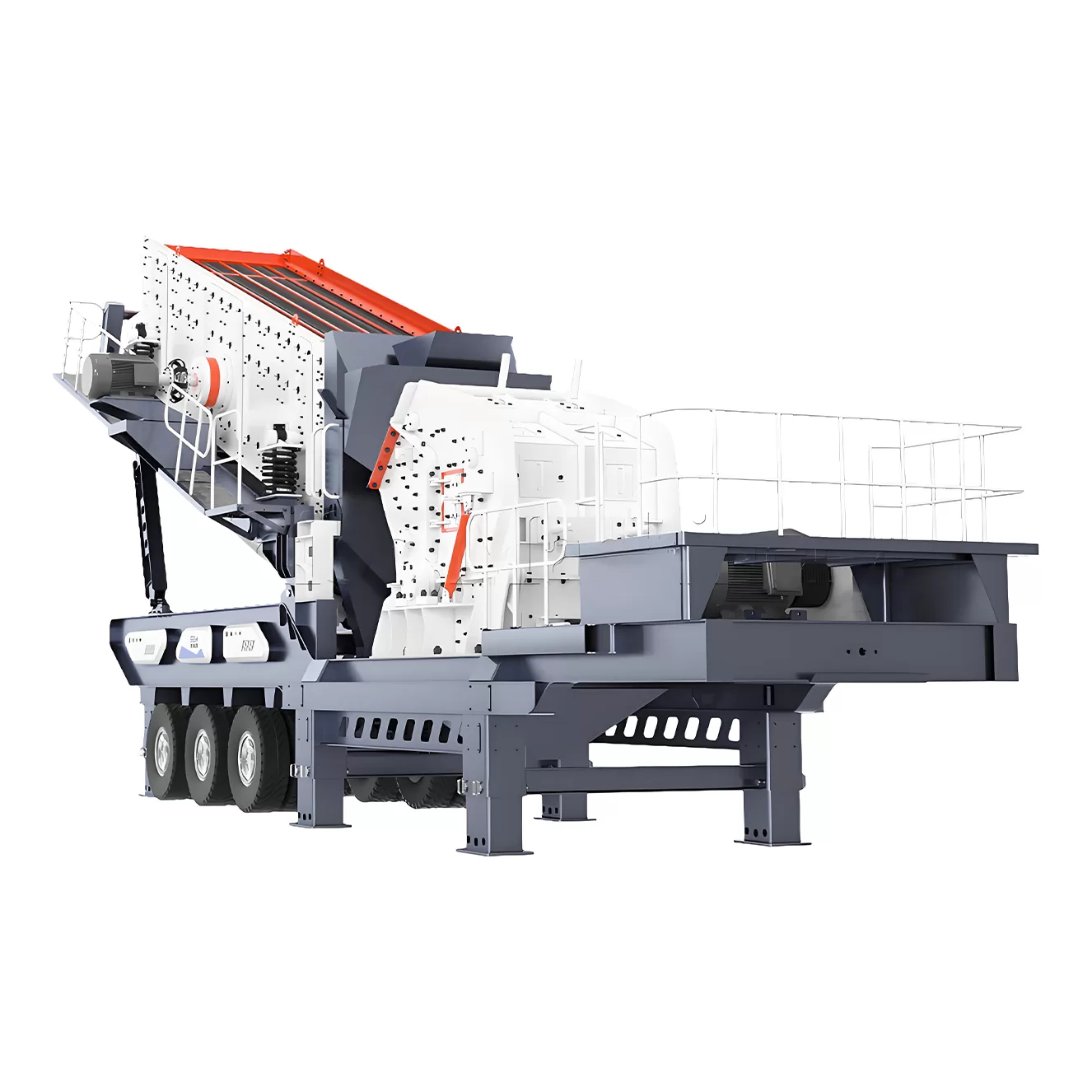全站搜索
Search the entire website
Search the entire website
This machine mainly consists of hopper, vibrating feeder, primary crushing equipment, conveyer belt, multilayer screen, medium crushing equipment, fine crushing equipment, movable belt conveyor, sand washer & washing apparatus and electric controlling equipment.
High transport costs and long setup times hurt your bottom line. Mobile impact crushers offer a flexible, powerful solution right where you need it.
Mobile impact crushers provide unmatched site flexibility, rapid setup, lower transport costs for materials, and the ability to process specific materials effectively on location, unlike stationary units.
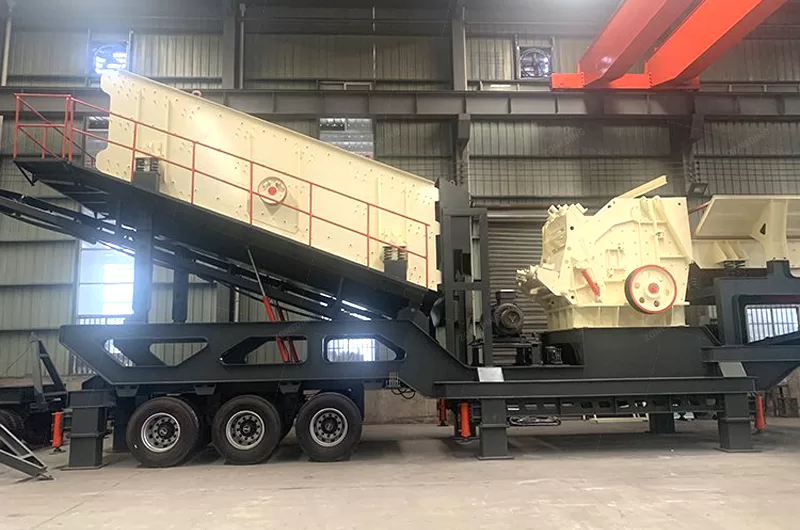
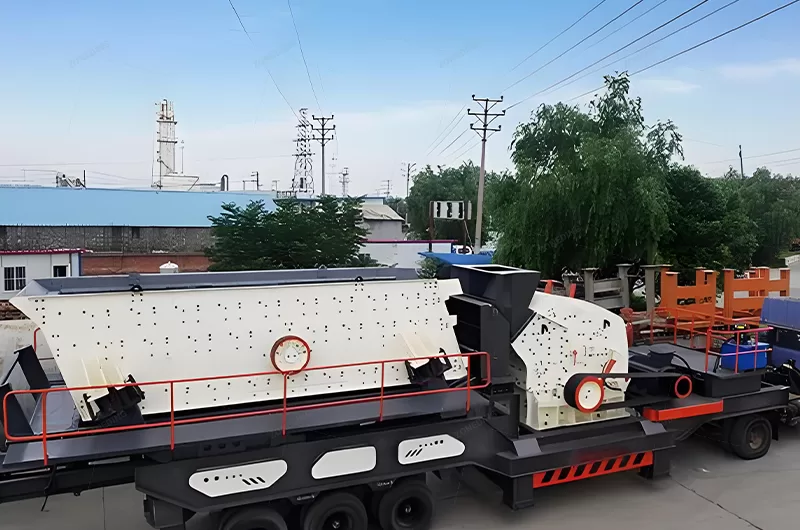
This mobility transforms how projects are planned and executed. Stationary plants are permanent, requiring materials to be brought to them. Mobile plants go to the materials, offering significant operational advantages.
Mobile impact crushers directly solve these problems, offering speed and flexibility stationary units cannot match.
Mobile impact crushers eliminate lengthy site prep, reduce material hauling costs drastically, deploy rapidly, and move easily with the job. These advantages boost efficiency for many projects.

These benefits translate directly into cost savings and increased productivity. Unlike fixed plants, mobile crushers require minimal site preparation. This reduces initial investment and speeds up project timelines. Let’s explore the specific advantages in detail.
Mobile impact crushers excel in these fields, offering unmatched performance and flexibility.
Mobile impact crushers are ideal for construction and demolition recycling, quarrying operations requiring frequent relocation, road construction projects needing on-site material processing, and mining operations in remote areas.
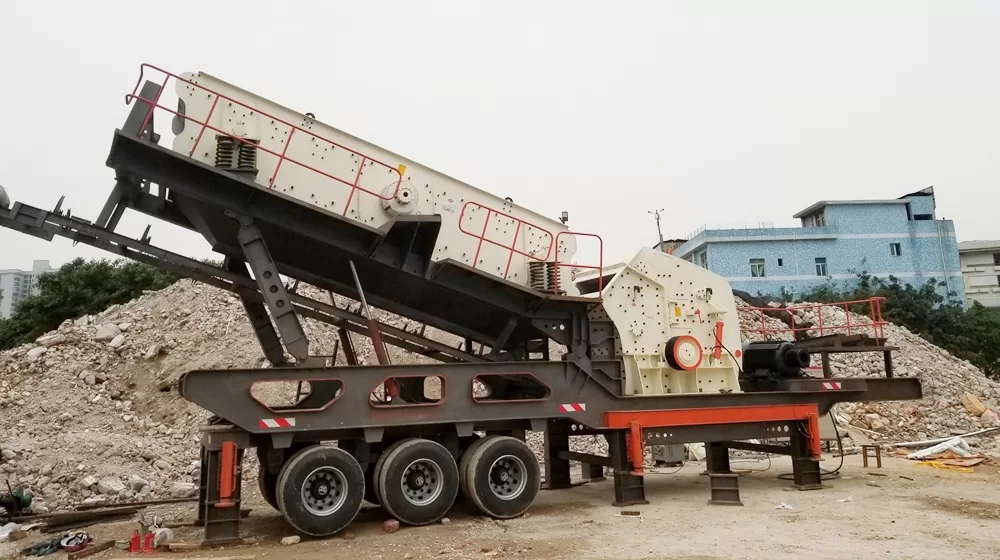
Mobile impact crushers effectively process concrete, asphalt, limestone, and softer ores. However, they are less suited for extremely hard or abrasive materials like granite or some types of iron ore.
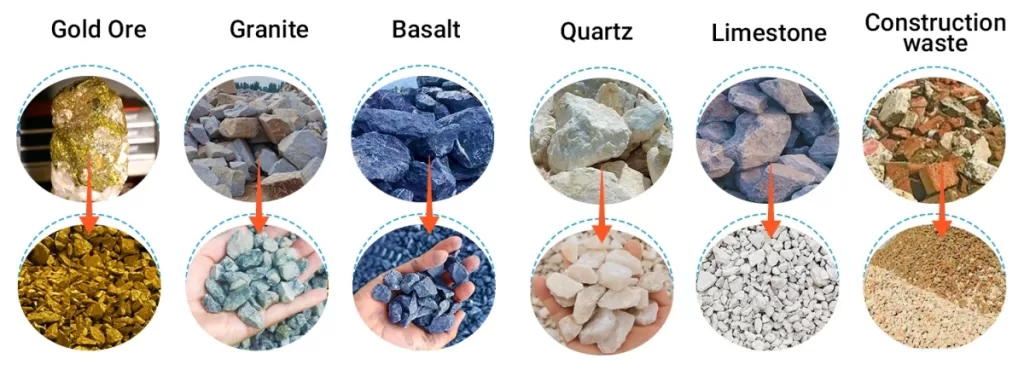
When selecting a mobile impact crusher, the most important parameters are crusher capacity (tons per hour), feed size, desired output size, material hardness, and the unit’s mobility features (tracked or wheeled).
| Model | ZDM938F1210 | ZDM938FW1214 | ZDM1149F1315 | ZDM1349HD1110 | ZDM1349HD1315 |
| Transportation Length(mm) | 12000 | 12000 | 13900 | 15450 | 15450 |
| Transportation Width(mm) | 2550 | 2550 | 2900 | 2950 | 2950 |
| Transportation Height(mm) | 3900 | 3900 | 4450 | 4500 | 4500 |
| Maximum Length(mm) | 12500 | 12500 | 13900 | 15450 | 15450 |
| Maximum Width(mm) | 3250 | 3260 | 3250 | 3250 | 3250 |
| Maximum Height(mm) | 5100 | 5200 | 5200 | 5200 | 5200 |
| Weight(t) | 39 | 44 | 54 | 62 | 62 |
| Crusher Model | PF-1210 | PF-1214 | PF-1315 | HD1110 | HD1315 |
| The Maximum Feeding Size(mm) | 350 | 350 | 500 | 400 | 700 |
| Production Capacity(t/h) | 70-130 | 100-180 | 130-250 | 112 | 280 |
| Vibrating Feeder | ZSW950×3800 | ZSW950×3800 | ZSW110×4900 | ZSW130×4900 | ZSW130×4900 |
| Main Belt Conveyor | B800×8.5M | B800×8.5M | B1000×9.5M | B800×11M | B1200×11M |
| Side-opening Belt conveyor(Optional) | B500×3.2M | B500×3.2M | B650×4M | B650×4M | B650×4M |
| Genset(Optional) (kw) | 320 | 320 | 400 | 320 | 440 |
| Iron Separator (Optional)(kw) | RCYD(C)-8 | RCYD(C)-8 | RCYD(C)-10 | RCYD(C)-8 | RCYD(C)-12 |
A systematic approach based on your specific needs will lead you to the perfect fit.
To determine the right mobile impact crusher model, start by calculating your required hourly throughput, then define the desired output particle size distribution, and finally consider the material’s hardness and abrasiveness.
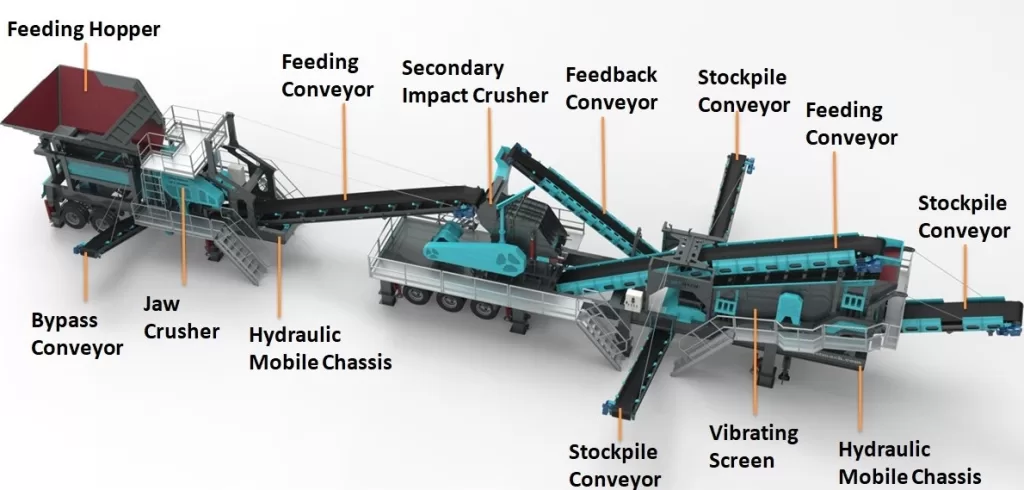
Understanding the main operating costs of a mobile impact crusher is essential for profitability.
The primary operating costs for mobile impact crushers are fuel consumption, wear part replacement (especially impact hammers and liners), routine maintenance, and labor costs.
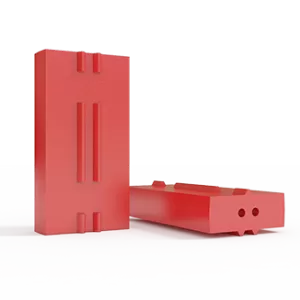
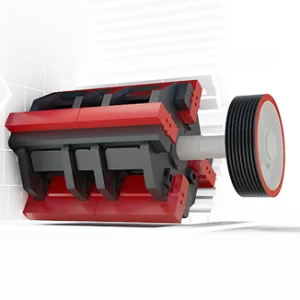
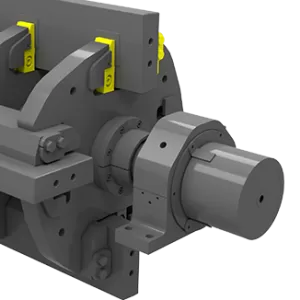
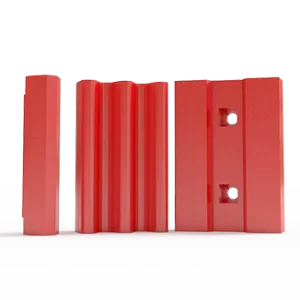
Following key operational and maintenance practices is essential for mobile impact crushers.
Daily operation and maintenance should include pre-start inspections, proper feeding techniques, monitoring crusher performance, and regular cleaning to prevent buildup and ensure optimal operation.
Understanding the strengths of each type will help you make the best choice.
Choose a mobile impact crusher for softer to medium-hard materials, where a cubical product shape is desired. Opt for a mobile jaw crusher for hard, abrasive materials requiring primary crushing, or a mobile cone crusher for finer crushing stages.
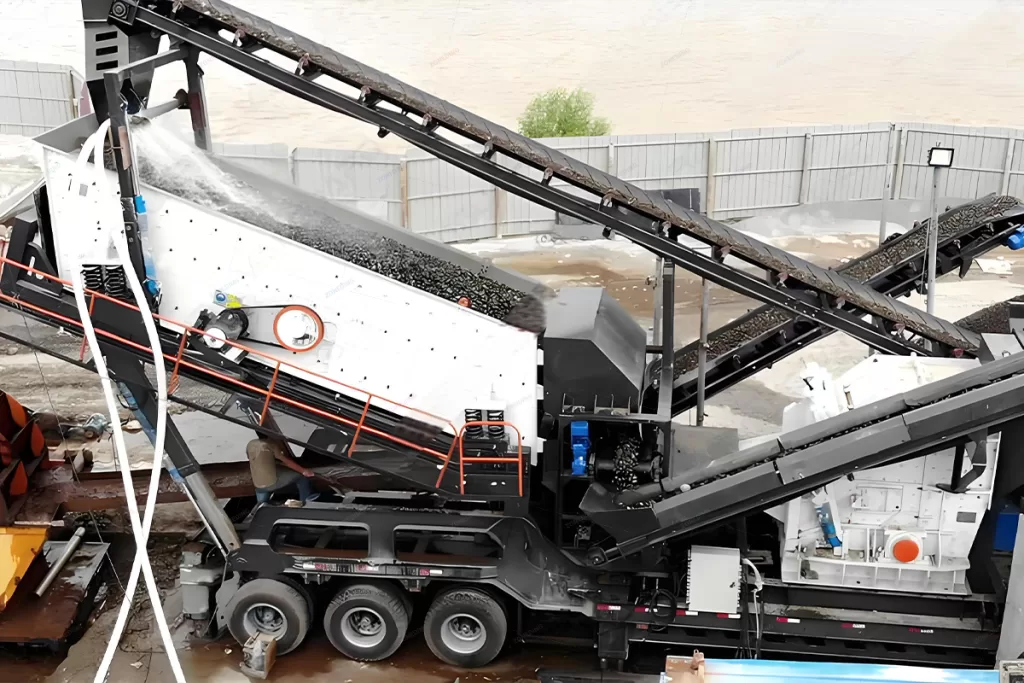
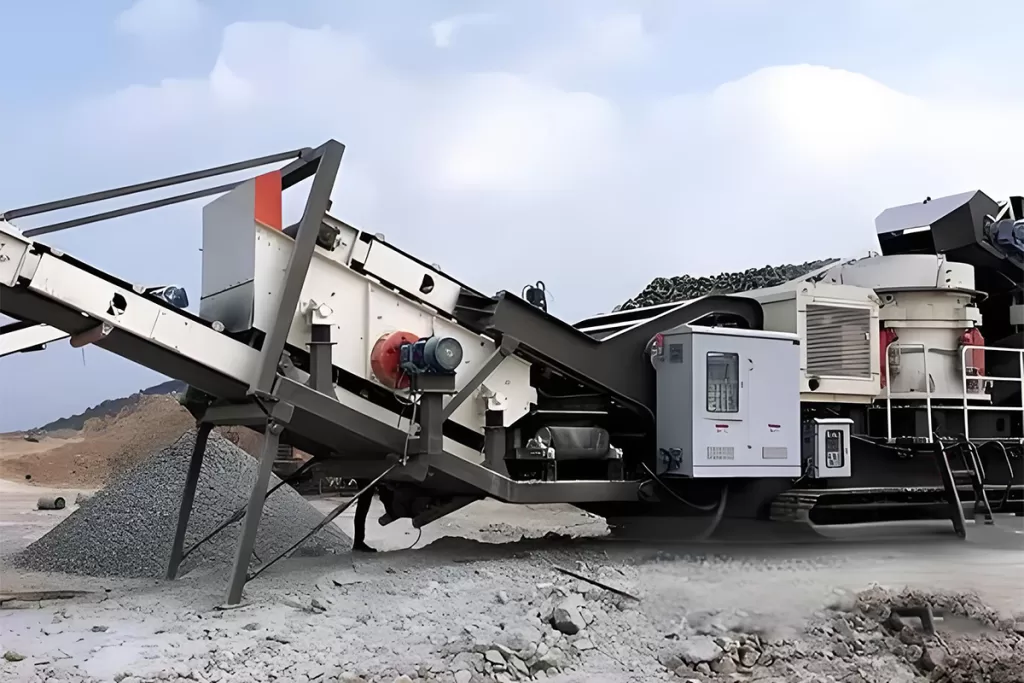
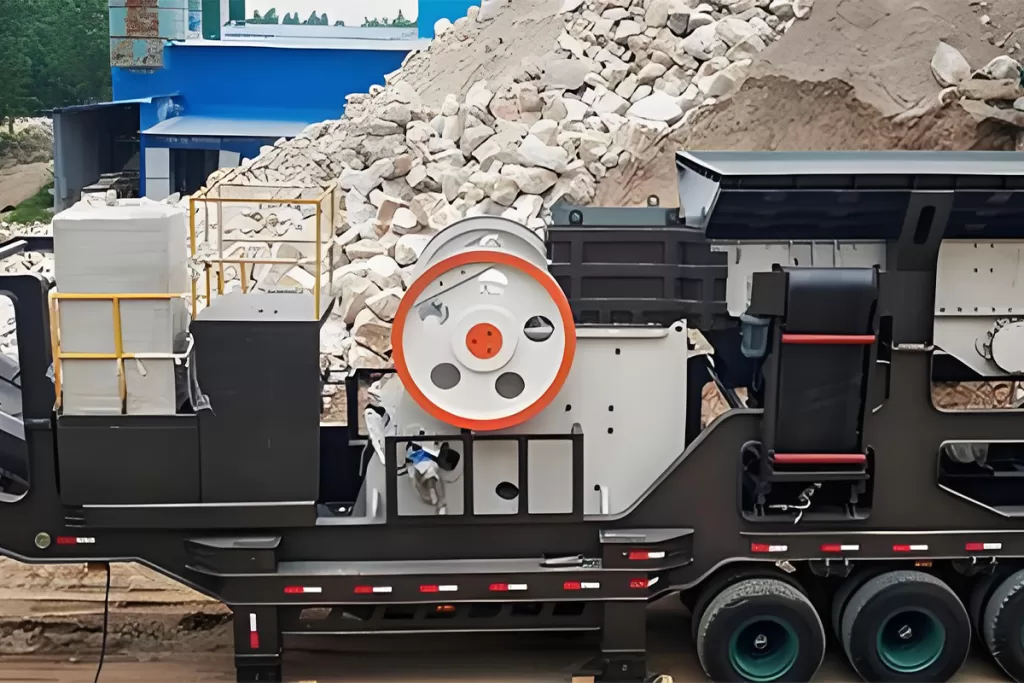
A Mobile Impact Crusher is a portable crushing machine, wheel- or track-mounted, employing impact force to break down materials.
It crushes material by impact using a rotor with hammers that strike the feed material against breaker bars, offering efficient reduction.
Mobile Impact Crushers offer high portability, efficient crushing for cubical product shapes, and versatile on-site processing.
They’re ideal for recycling, quarrying (especially softer rock), road construction, and aggregate production requiring consistent particle shapes.
Mobile Impact Crushers are suitable for materials like limestone, concrete, asphalt, and other medium-hard materials, providing excellent shaping.
